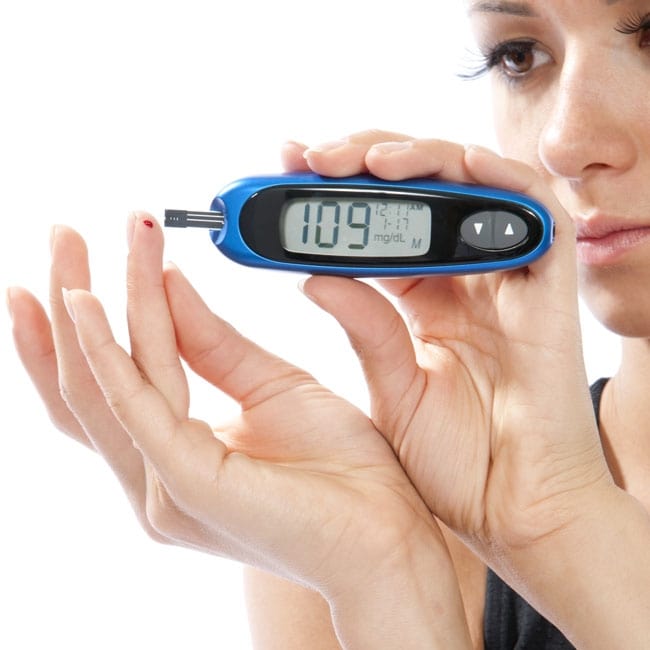
A recent Wall Street Journal article on “orthorexia” by Sumathi Reddy published on November 10, 2014 stirred up controversy discussing a disorder highlighted by an obsession with “healthy” eating.
“You have to put ‘healthy’ in quotes when you talk about orthorexia. There is nothing healthy about this disease,” says Jessica Setnick, Senior Fellow with The Meadows Ranch, a comprehensive treatment center specializing in eating and co-occurring disorders for women and girls in Wickenburg, AZ.




